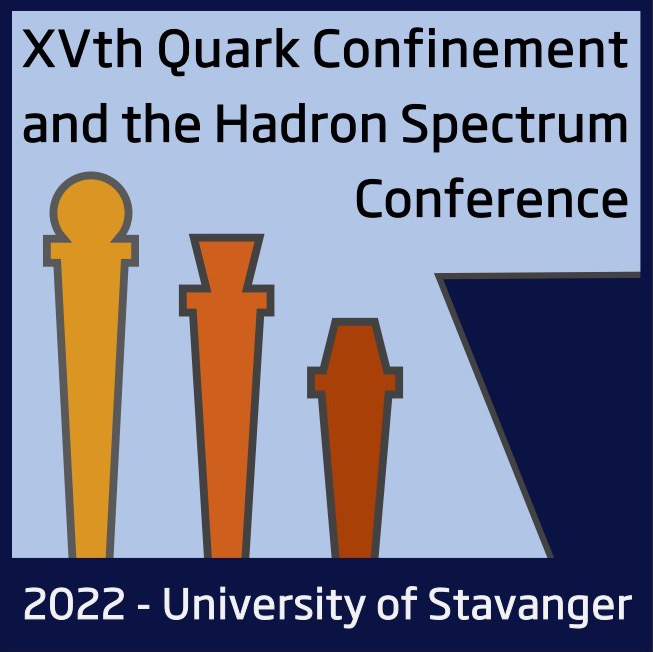Speaker
Description
There is presently no consensus on how the $\phi$ meson mass and width will change once it is put in a dense environment such as nuclear matter. While many theoretical works exist, connecting them with experimental measurements remains non-trivial task, as the $\phi$ meson in nuclear matter is usually produced in relatively high-energy pA reactions, which are generally non-equilibrium processes. In this presentation I will report on an ongoing project [1], attempting to simulate pA reactions in which the $\phi$ meson is produced in nuclei, making use of a transport approach [2]. Results of simulations of 12 GeV/30 GeV p+C and p+Cu reactions will be presented and comparisons between obtained dilepton spectra and experimental data of the E325 experiment at KEK [3] will be made. Furthermore, predictions for the ongoing J-PARC E16 experiment [4] for both dilepton and $K^+K^-$ spectra will be given and discussed.
[1] P. Gubler and E. Bratkovskaya, in progress.
[2] W. Cassing and E.L. Bratkovskaya, Nucl. Phys. A 831, 215 (2009).
[3] R. Muto et al., Phys. Rev. Lett. 98, 042501 (2007).
[4] S. Ashikaga et al., (J-PARC E16 Collaboration), JPS Conf. Proc. 26, 024005 (2019).

